Last Updated on 01/03/2024 by Manolis Maragkoudakis
3D Virtual Tour: The Art of Exploration
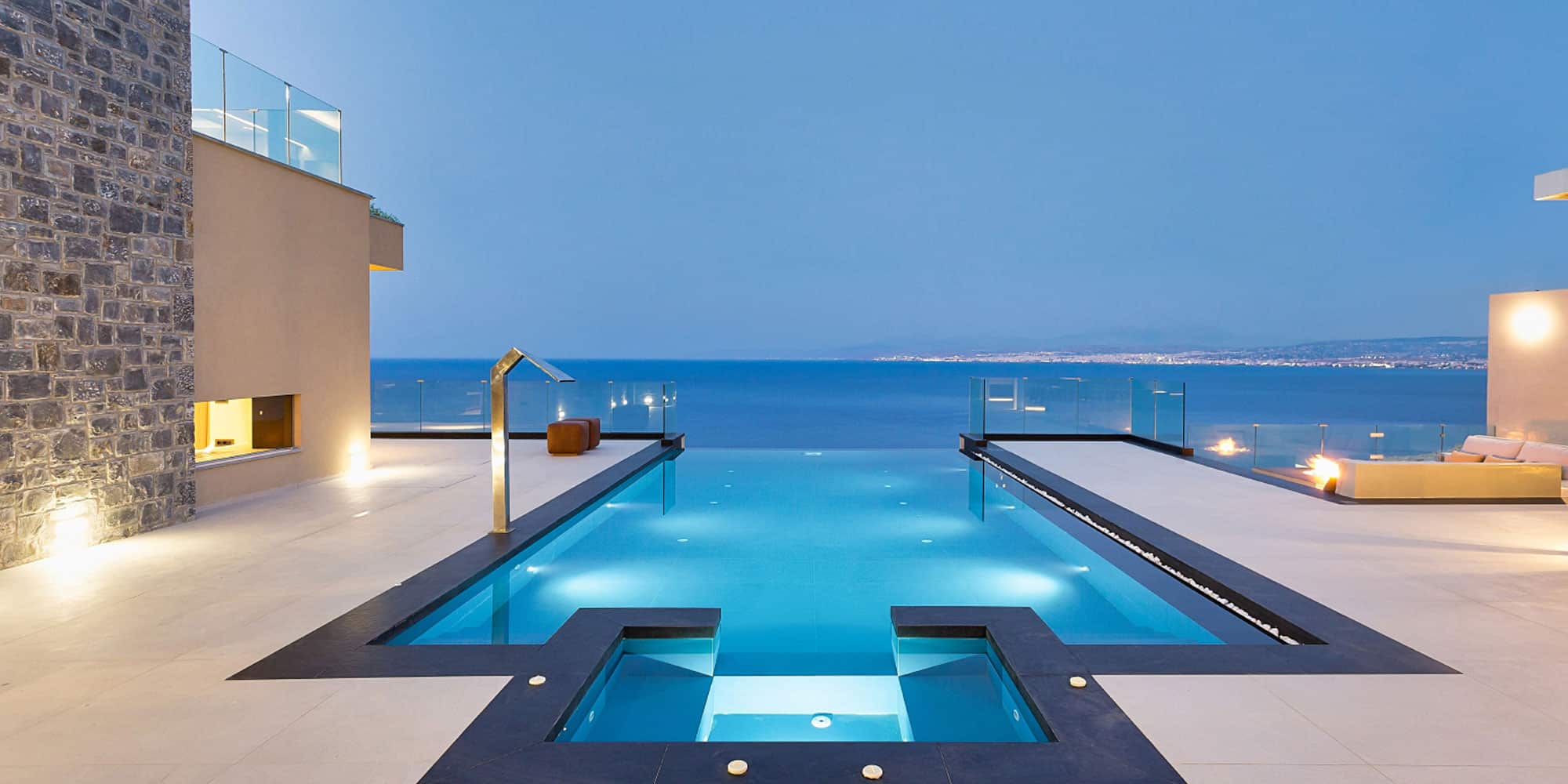
Introduction to 3D Virtual Tours
In today’s digital age, technology has revolutionized the way we experience the world around us. One such innovation that has gained significant popularity is the concept of 3D virtual tours. By utilizing cutting-edge technology, 3D virtual tours allow you to explore a space from the comfort of your own home. Whether it’s a museum, real estate property, or even a historical landmark, these immersive tours provide a unique and engaging experience like never before.
The Benefits of 3D Virtual Tours
The benefits of 3D virtual tours are vast and varied. Firstly, they offer convenience and accessibility. With just a few clicks, you can transport yourself to any location in the world, without the need for travel or physical presence. This is particularly beneficial for individuals with mobility issues or those who are unable to visit a location in person.
Secondly, 3D virtual tours provide a realistic and immersive experience. By utilizing high-quality images and advanced technology, these tours allow you to explore a space as if you were actually there. This level of realism can greatly enhance your understanding and appreciation of a location, whether it’s an art gallery, a hotel, or a tourist attraction.
Furthermore, 3D virtual tours offer a cost-effective solution for businesses and organizations. Instead of investing in physical showrooms or exhibitions, they can create virtual replicas that can be accessed by anyone, anywhere. This not only saves money but also expands their reach and potential customer base.
How 3D Virtual Tours Work
At the core of a 3D virtual tour is a process called 3D scanning. This involves capturing a location using specialized cameras and equipment that can capture the space in three dimensions. The data collected is then processed using software to create a virtual replica of the location.
Once the virtual replica is created, users can navigate through the space using a computer or mobile device. They can move from room to room, zoom in on specific details, and even interact with certain elements within the virtual environment. This interaction creates a sense of presence and immersion, making the experience feel incredibly lifelike.
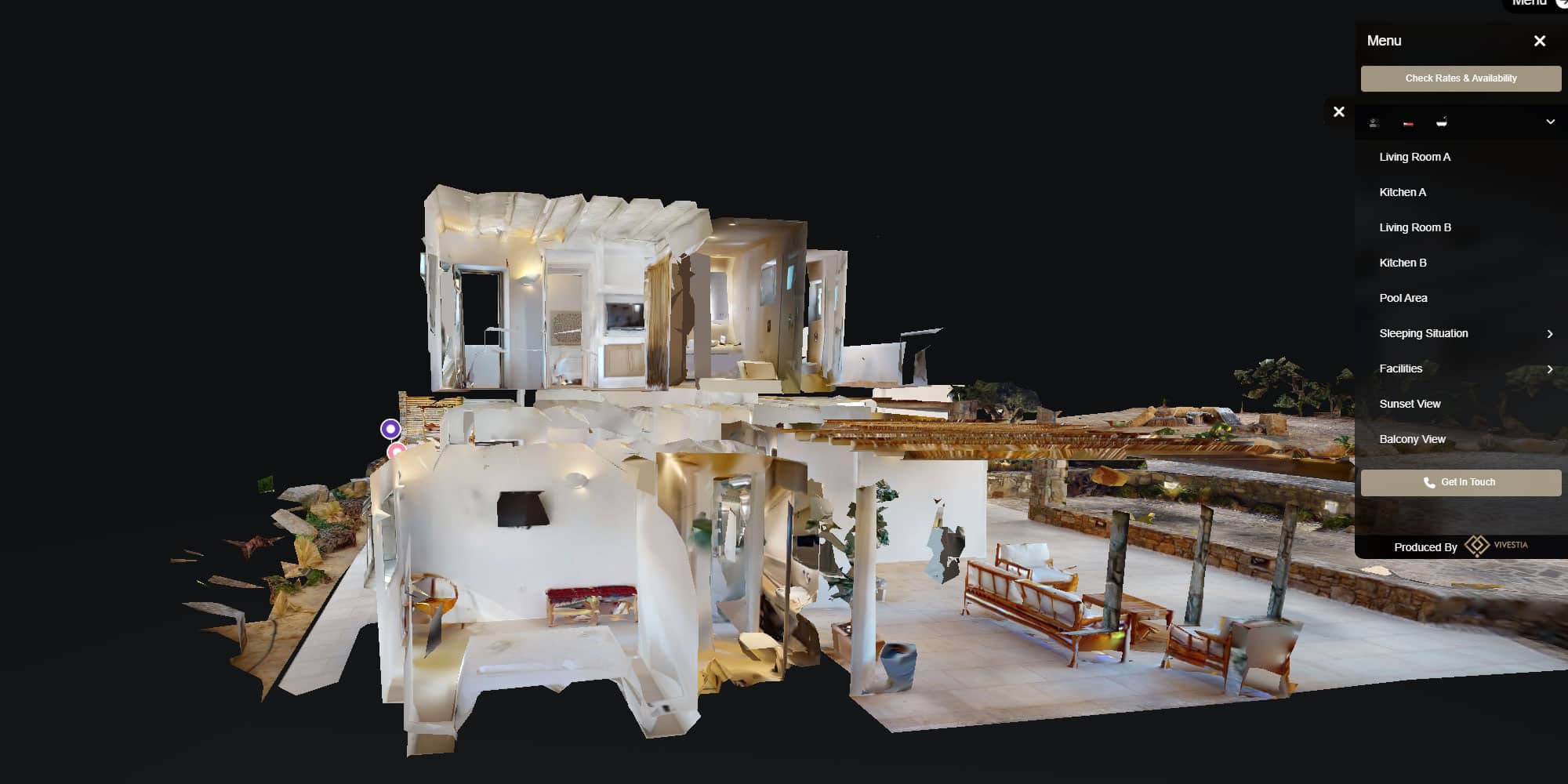
Industries that Can Benefit from 3D Virtual Tours
The applications of 3D virtual tours are vast and span across various industries. In the real estate industry, virtual tours allow potential buyers to explore properties without the need for physical visits. This saves time and effort for both the buyers and sellers, and can significantly speed up the sales process.
In the tourism and hospitality industry, 3D virtual tours offer a glimpse into different destinations and accommodations. Travelers can get a feel for the ambiance and layout of hotels, resorts, and tourist attractions before making their booking decisions. This helps to manage expectations and ensure a more satisfying travel experience.
Other industries that can benefit from 3D virtual tours include education, museums, art galleries, and event venues. By creating virtual replicas of classrooms, exhibits, and venues, institutions can reach a wider audience and provide an engaging and interactive learning experience.
Best Practices for Creating a Captivating 3D Virtual Tour
To create a captivating 3D virtual tour, there are certain best practices that should be followed. Firstly, it’s important to ensure high-quality visuals. Investing in professional-grade cameras and equipment will significantly enhance the overall experience for users. Additionally, proper lighting and staging should be considered to showcase the space in its best possible light.
Furthermore, attention should be given to the user interface and navigation. The virtual tour should be easy to navigate, with clear instructions and intuitive controls. Users should be able to move seamlessly through the space and access additional information or features as needed.
Another best practice is to include interactive elements within the virtual tour. This can include clickable hotspots that provide additional information or multimedia content. By adding these interactive elements, the virtual tour becomes more engaging and informative, enhancing the overall experience.
How to Market and Promote Your 3D Virtual Tour
Once you have created a captivating 3D virtual tour, it’s important to effectively market and promote it to reach your target audience. One effective strategy is to leverage social media platforms. Share snippets or highlights of your virtual tour on platforms like Facebook, Instagram, and Twitter to generate interest and engagement. You can also collaborate with influencers or industry experts to reach a wider audience.
Additionally, consider embedding your virtual tour on your website or blog. This allows visitors to easily access and explore the tour, increasing engagement and time spent on your site. You can also optimize your virtual tour for search engines by using relevant keywords and metadata, making it easier for users to find and discover your tour.
Finally, consider hosting virtual events or webinars to showcase your virtual tour. This allows you to interact with your audience in real-time, answer questions, and provide additional context or information about the space. By creating a sense of exclusivity and interactivity, you can generate excitement and interest in your virtual tour.
The Future of 3D Virtual Tours
As technology continues to advance, the future of 3D virtual tours looks promising. With the advent of virtual reality (VR) and augmented reality (AR), the level of immersion and interactivity will only increase. Users will be able to explore virtual spaces using VR headsets, providing a truly immersive and realistic experience.
Furthermore, advancements in artificial intelligence (AI) and machine learning will enable virtual tours to become even more personalized and tailored to individual preferences. AI algorithms can analyze user behavior and preferences to create customized tours that cater to their specific interests.
In conclusion, 3D virtual tours are a powerful tool that allows us to step into the future of exploration. They offer convenience, realism, and cost-effectiveness across various industries. By following best practices and utilizing the right tools, you can create captivating virtual tours that engage and inspire. So, embrace the art of exploration and start creating your own 3D virtual tour today!

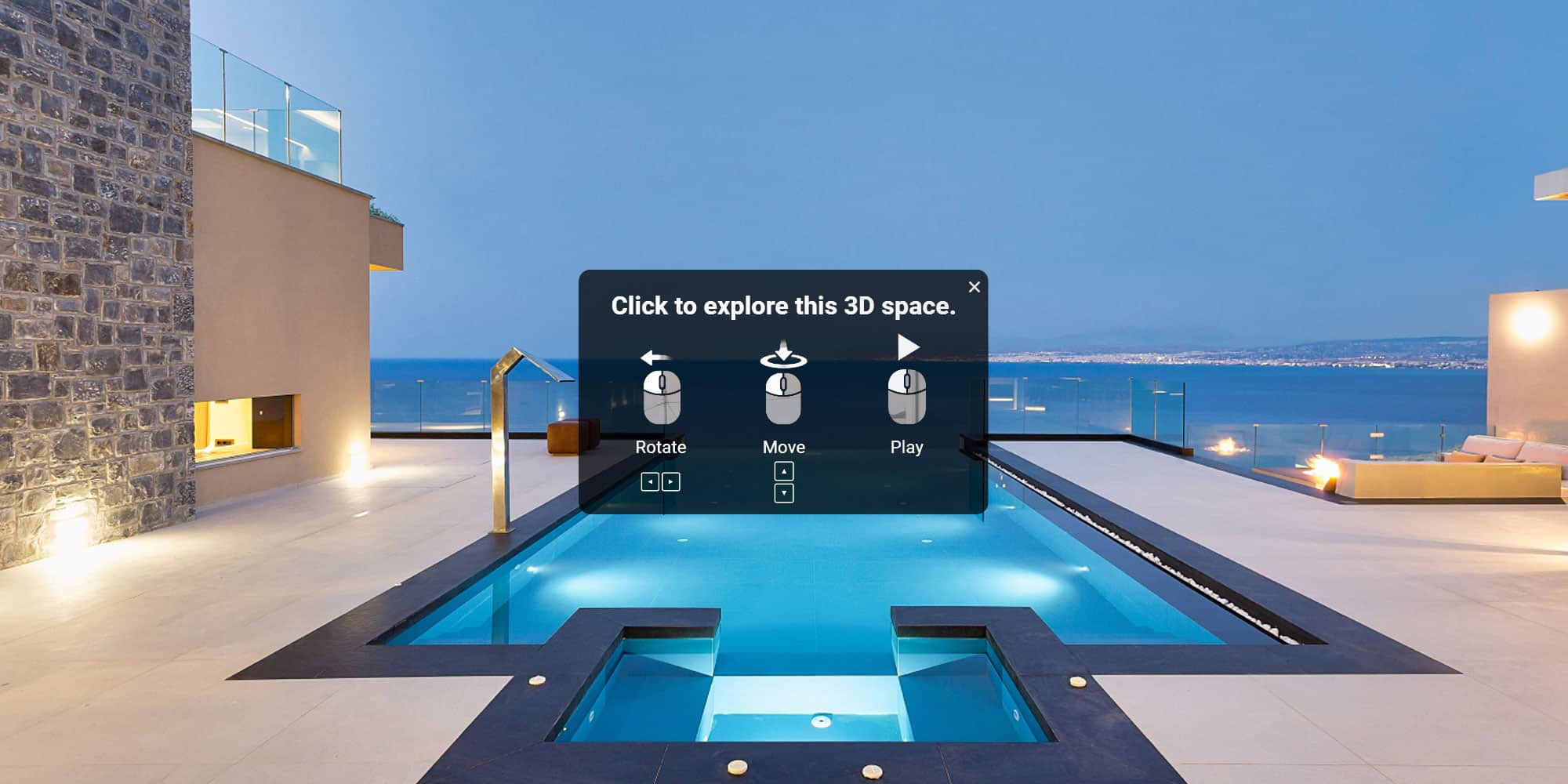
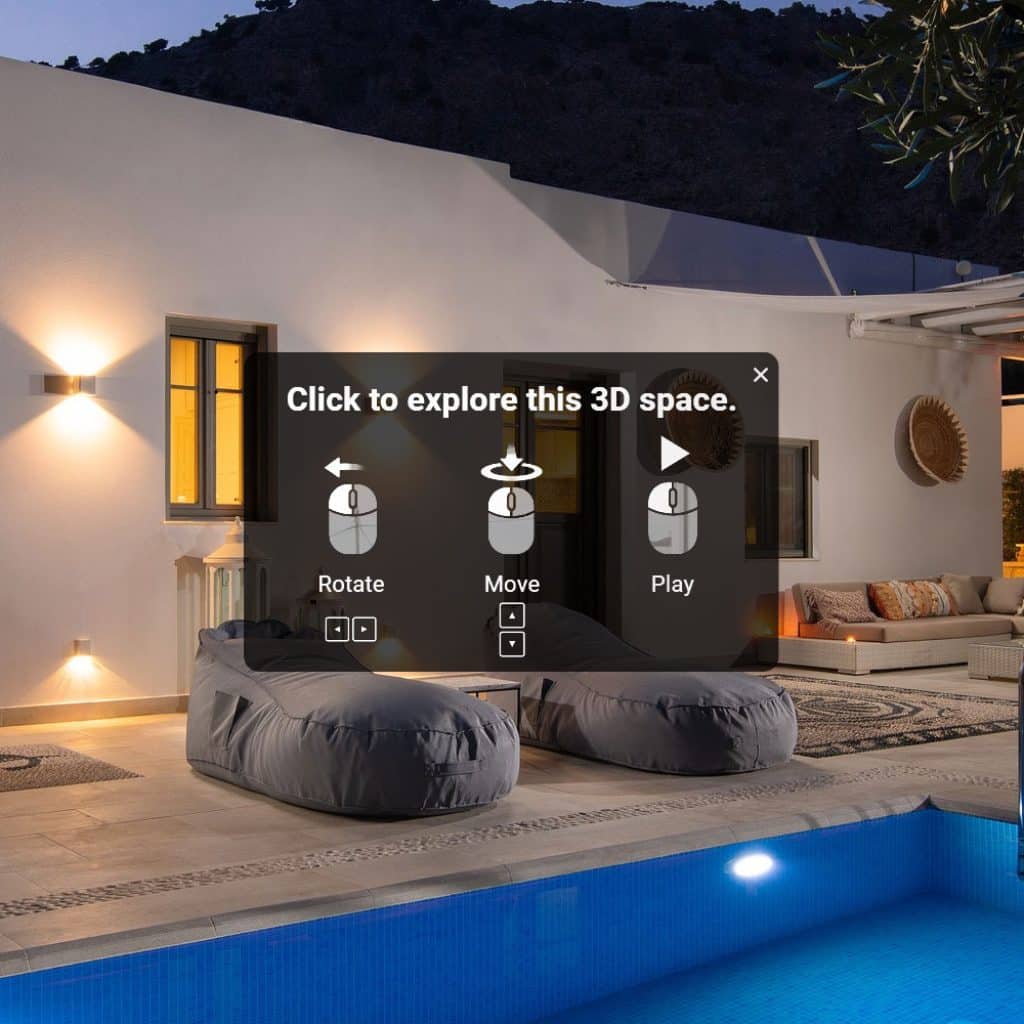
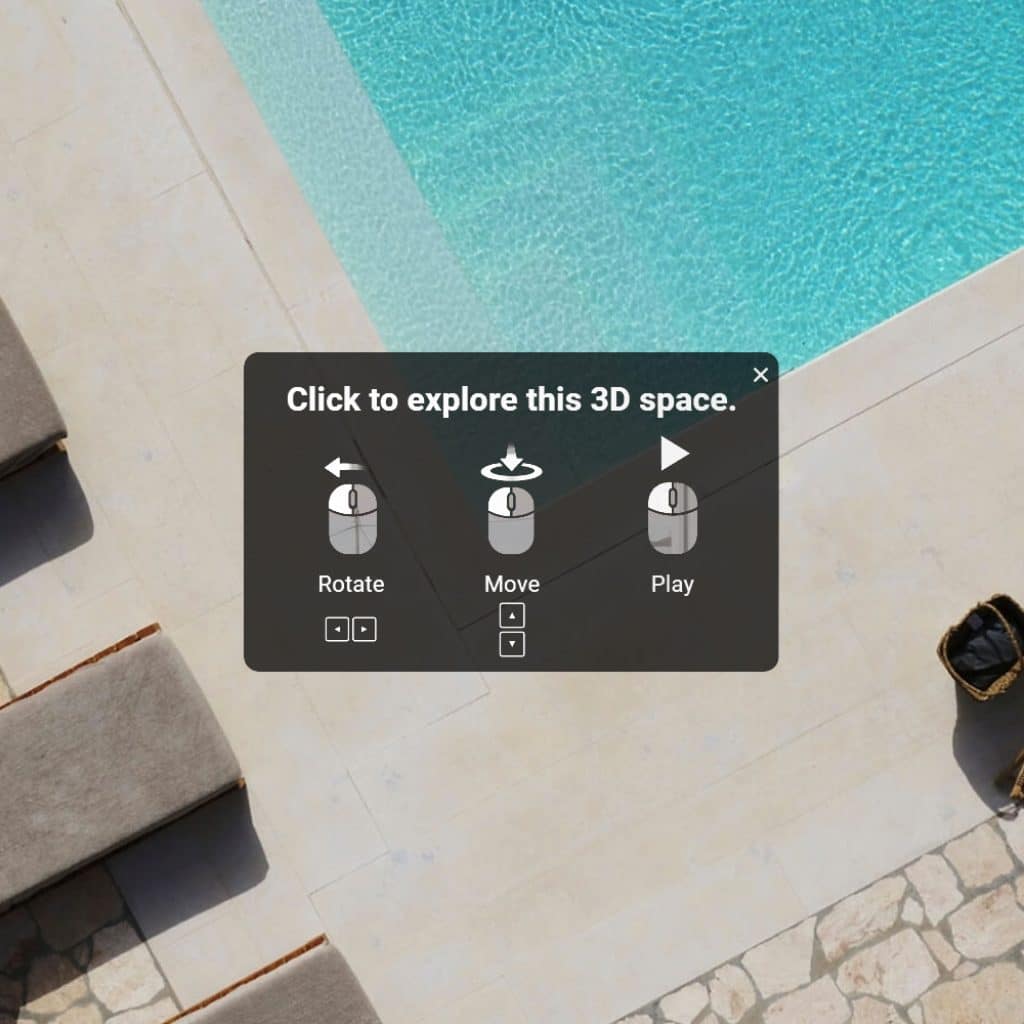
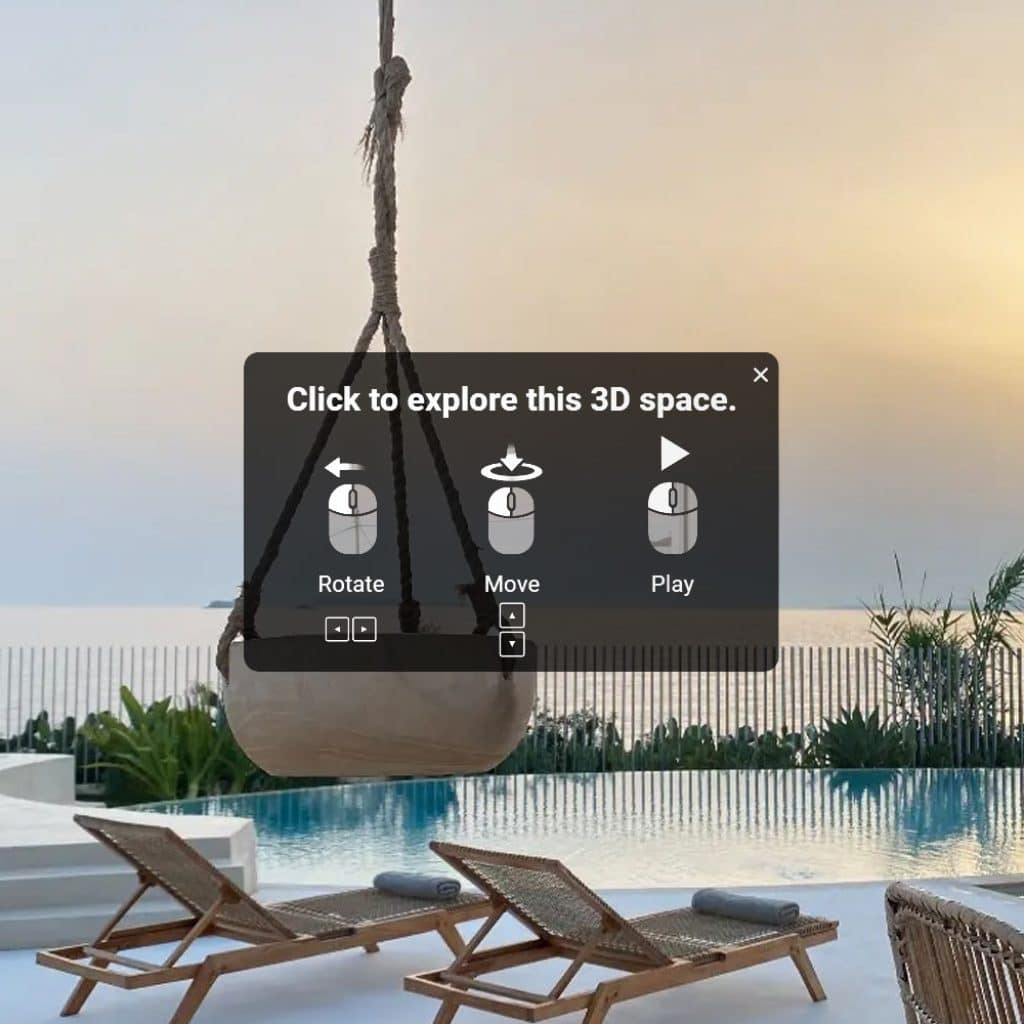

Post Discussion